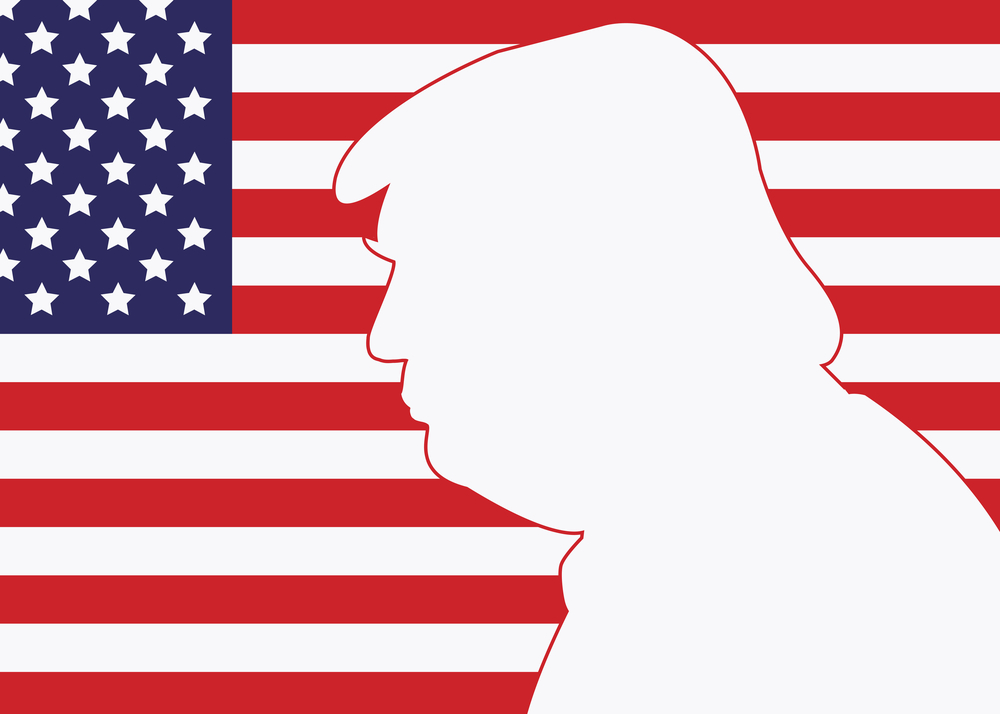Key Takeaways:
- Trump announced a 50% tariff on steel imports, up from 25%.
- U.S. steel production can’t meet current demand, risking higher prices and job losses.
- Steelworkers, who cheered the announcement, might face layoffs due to the policy.
The Announcement and Its Surprising Impact
In Western Pennsylvania, Trump shared news about U.S. Steel’s continued operation under new ownership. He revealed a doubling of steel import tariffs, aiming to protect the industry. However, this move might backfire, endangering the jobs he hoped to secure.
The Problem with Higher Tariffs
Raising tariffs to 50% could spike steel prices, reducing its use and leading to layoffs. Despite expansion efforts by major steelmakers, U.S. production lags behind demand. Even at record-high prices, domestic production hasn’t met needs, indicating that tariffs alone won’t boost output.
What’s Next for Steelworkers?
Steelworkers face uncertainty as higher costs may reduce demand. If Trump’s policy continues, layoffs could follow, hurting the same workers he aimed to help. His history of avoiding tough tariff decisions leaves the outcome unclear.
A History of Broken Promises
This isn’t the first time Trump’s policies have unexpectedly harmed workers. Past moves in industries like manufacturing show that good intentions don’t always lead to positive outcomes, leaving workers vulnerable.
The Bigger Picture
Trump’s approach reflects broader issues in trade policy, where short-term gains often overlook long-term consequences. The complexity of global trade demands careful strategy to avoid harming domestic industries.
What Do You Think?
How do you think Trump’s tariffs will affect steelworkers? Share your views.
Conclusion
Trump’s tariff increase aims to protect U.S. steel but may risk jobs. As the situation unfolds, steelworkers and policymakers must weigh the potential impact of this decision. Stay informed as this story develops.

